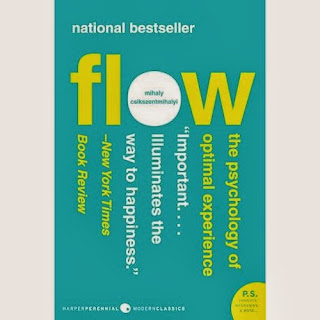I wondered if the woman in pink sitting behind the
counter in a small shop in Springdale, Utah was asleep when I approached the register, but she quickly came to life
when she looked up and saw me. She reminded me a bit of my grandmother, but I
was still surprised to hear her say she was 87 years old.
"It's not supposed to turn out this way," she said, and added, "It all goes too fast." She had my attention and I was in no hurry, so Mary Jane and I got better acquainted.
"I'm 87," she said, and I work five days a
week, six hours a day. I used to work six days a week, but a couple of years
ago she (I assume she meant the owner) thought I should have another day
off. I live here next to my daughter in an apartment my grandsons built. I'm
working to pay off my home in Idaho. If I can sell it, I will. If I can't, I'll
keep on working."
"Do you enjoy your work?" I asked.
"Oh yes," she said. "I'm happy, even
though I do miss the snow. It took me a couple of years to get used to
that."
Mary Jane went on to explain that she had moved to southern Utah after she buried her
husband of 62 years five years earlier in Idaho. Prior to that she had buried three
sons--one was killed in an automobile accident leaving behind a wife and a
baby; one committed suicide; and one died of cancer two months before her husband. She said she thought she would never get over her first son's
death. "I thought I would never be warm again after my first son died," she said, "but I
did."
Mary Jane demonstrated a lot of perseverance, determination and good humor in her life. When her husband was given two weeks to live at
the "Old Soldiers' Home," she drove him home to Idaho by herself and
nursed him back to health. He lived five more years. When at last he told her
he was dying and that he would see her soon, she retorted,
"Don't be so fast; I want to see the next generation."
Mary Jane has a lot of the next generation to see because
she and her husband had 16 children--8 girls and 8 boys. Today those surviving
children and grandchildren live all over the United States and Mary Jane has
instructed them to start planning for her 90th birthday--her celebration of
life, as she put it--in three years.
Reflecting on her years as a wife and mother, Mary Jane
said, "I wonder if today's young people could do what we did. I washed our
clothing on a washboard, kept the lanterns trimmed and lit, and kept the fire
just right to bake my bread." She described years of moving, due to her
husband's employment and life in an assortment of places most of us might find
unacceptable today. At the same time she said, "But I was happy!"
Even today, at 87, working five days a week, I didn't hear even a hint of self-pity or discouragement. Mary Jane
seemed very happy. "I don't drive," she said. "I walk a mile to
work every day and ride the shuttle if I need to. I gave up my car because I
couldn't afford it and I couldn't afford the gas, but it's fine. I have
everything I need. I don't even take any medications."
"Do you mind if I take your picture?" I said.
I wanted to reach across the counter and give her a big hug. I doubt that many of us would envy her circumstances, but most of us aspire to have her vigor and values. To me, she was a living, breathing example of the kind of folks Buettner talks about in The Blue Zones and Thrive, octogenarians and beyond, living healthy, productive and satisfying lives.
I may have purchased two shirts from Mary Jane, but she gave me an even better gift--the example of a life lived with gratitude, love and purpose.
Thinking thankfully of Mary Jane and others like her,
Dr. Jennifer Baker
























.jpg)







